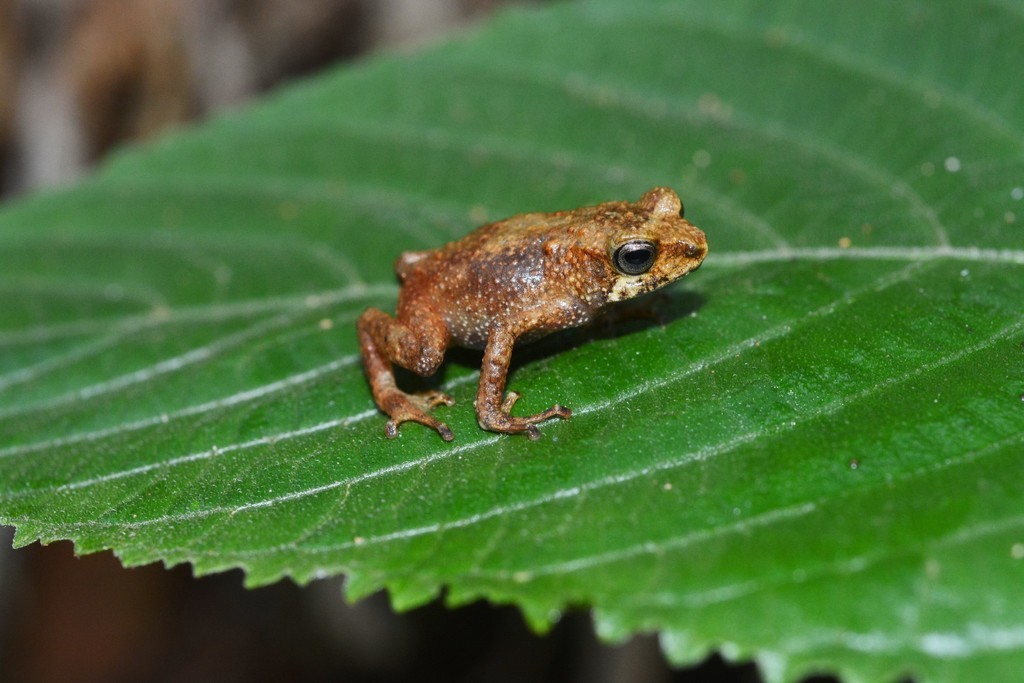Torniers forest toad
A species of Nectophrynoides, Also known as Tornier's Forest Toad Scientific name : Nectophrynoides tornieri Genus : Nectophrynoides
Torniers forest toad, A species of Nectophrynoides
Also known as:
Tornier's Forest Toad
Scientific name: Nectophrynoides tornieri
Genus: Nectophrynoides
Content
Description General Info
Description
Nectophrynoides tornieri, Tornier's forest toad or kijula, is a species of toad in the family Bufonidae. It is endemic to Tanzania. This species was first described by Jean Roux in 1906 and was named in honour of the German zoologist Gustav Tornier....
General Info
Lifespan
8-10 years
Diet
Torniers forest toad largely subsists on a diet of small anthropods. It primarily consumes a diverse array of insects, such as beetles and flies, spiders, and small crustaceans like amphipods.
Appearance
Torniers forest toad is a tiny frog with smooth, moist skin. Its colors range from a pale, subtle lime-green to a deep mossy green, integrating it perfectly with its forest habitat. A key feature includes its minuscule size, often no more than a centimetre in length. Uniquely, torniers forest toad have little webbing on their feet, which are markedly round. Its toes are each tipped with adhesive pads for climbing. There are no notable differences due to age, gender, or subspecies.
Behavior
Torniers forest toad exhibits unique behavior in its reproductive cycle—it's among the world's few viviparous frogs, meaning it gives birth to live young. This adaptation suits its montane rainforest habitat, making egg dessication unlikely. Usually solitary, these frogs become temporarily gregarious during mating.
Population
Decreasing
Scientific Classification
Phylum
Chordates Class
Amphibians Order
Frogs and toads Family
True toad Genus
Nectophrynoides Species
Torniers forest toad 